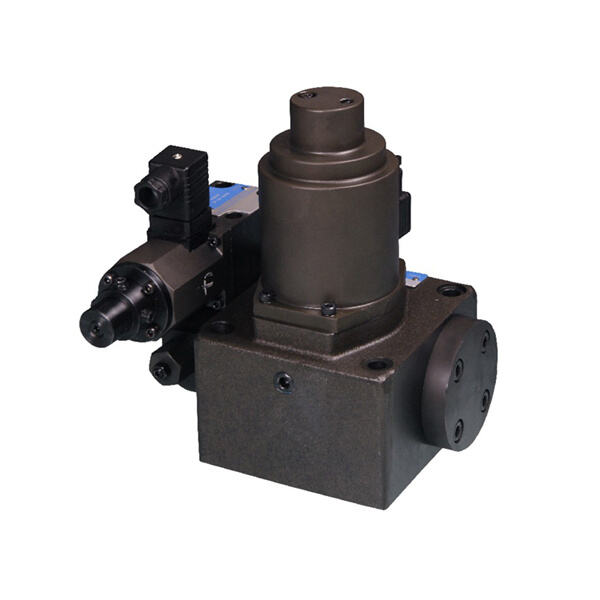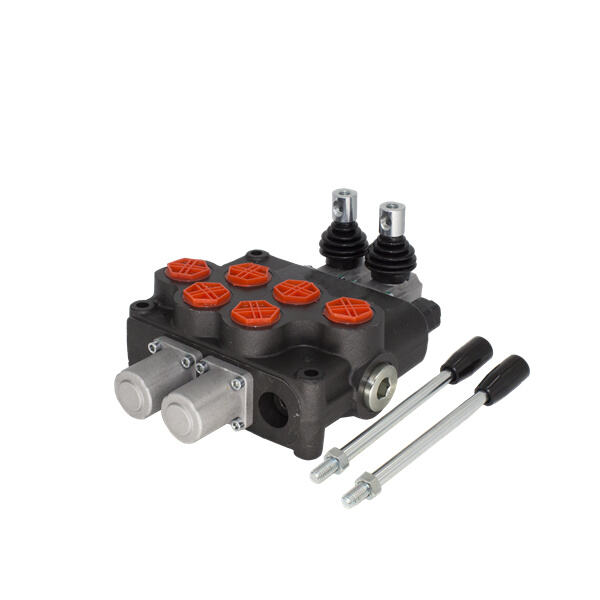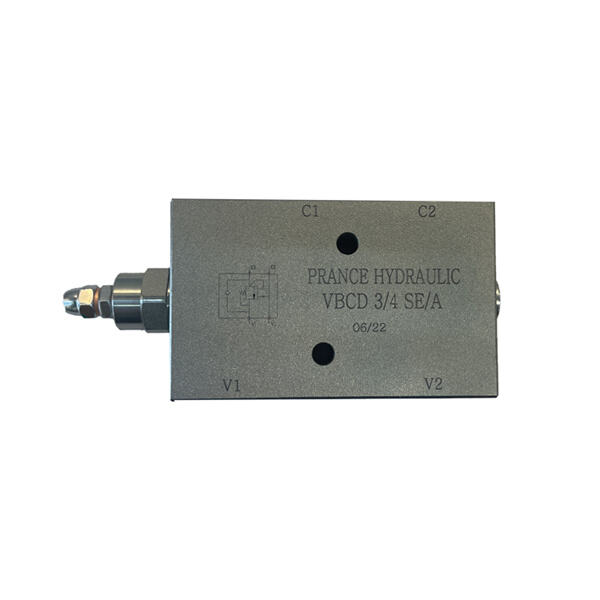Hydraulic valves, which may sound like a big, fancy word, are actually fairly simple machines that have a lot to do with how things happen around us. These valves regulate the flow of liquids, such as water or oil, so that machinery moves smoothly and efficiently. Without them, we wouldn’t be able to use machines we rely on every day.
Hydraulic valves are the traffic lights of machines — they tell liquid where to go. Think about what the road would be like without any traffic lights – not pretty is it! In the same manner of speaking, machines cannot work or will quickly crash without hydraulic valves. That’s are why hydraulic valves are a key element towards making sure all of this machinery runs smoothly and reliably.

There is a wide range of types of hydraulic valves which have been developed to suit specific applications. A common one is the directional control valve that is used to run the flow of liquid to a machine. The other is the pressure relief valve that monitors the pressure of the liquid to ensure the machine is not destroyed. There are many types of hydraulic valves, each performing separate functions and comprising vital components of machinery.

Hydraulic valves are no different than any other type of machine and have their own set of problems from time to time. A frequent issue is a leak in the valve, which can make the machine not work correctly. If you have a leak in your ceiling you should fix it as soon as possible to avoid any more damage. A stuck valve can also be an issue, and it can lead to the machine’s functionality going haywire. Needless to say, when it comes to binding issues, it’s better that you get in touch with a professional help you sort it out.

Hydraulic valve is the key part to control the hydraulic system. Hydraulic valves manage the flow of liquids within a machine by controlling the speed, direction and pressure. Not only does this enhance the machine's performance, but it also protects it from harm and extends its life. Put another way, hydraulic valves are similar to the machine’s brain – telling different parts of the machine what to do, and ensuring they do it together in unison.